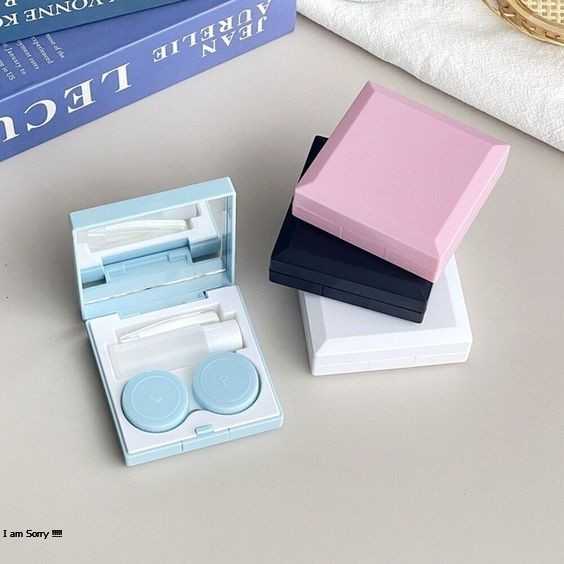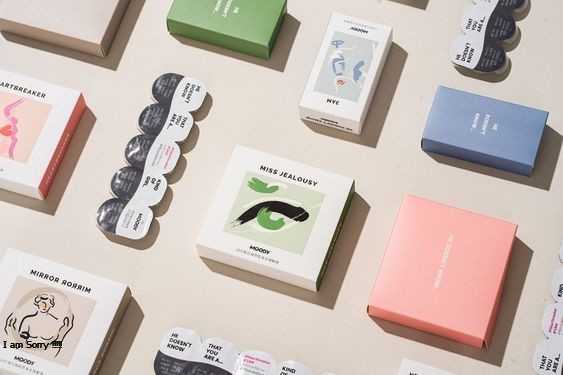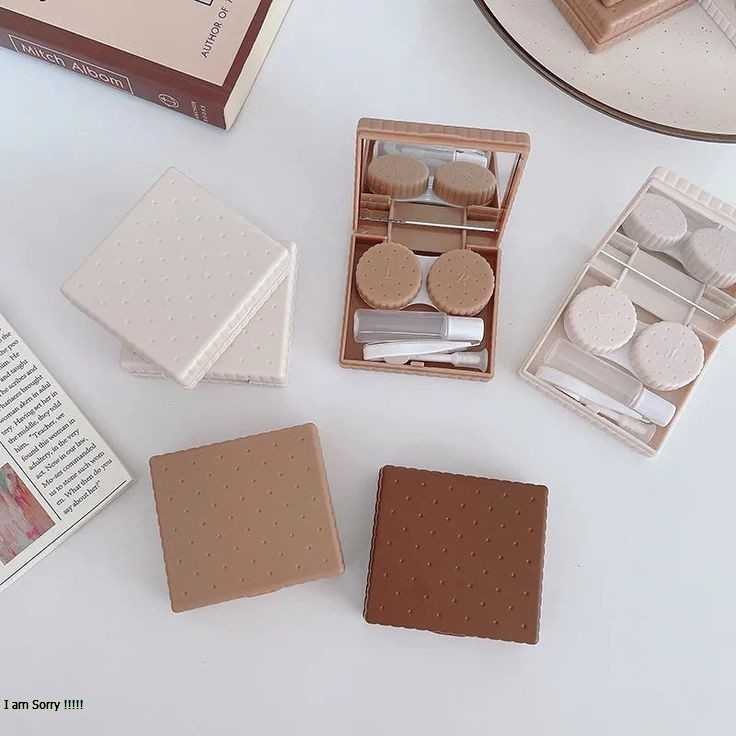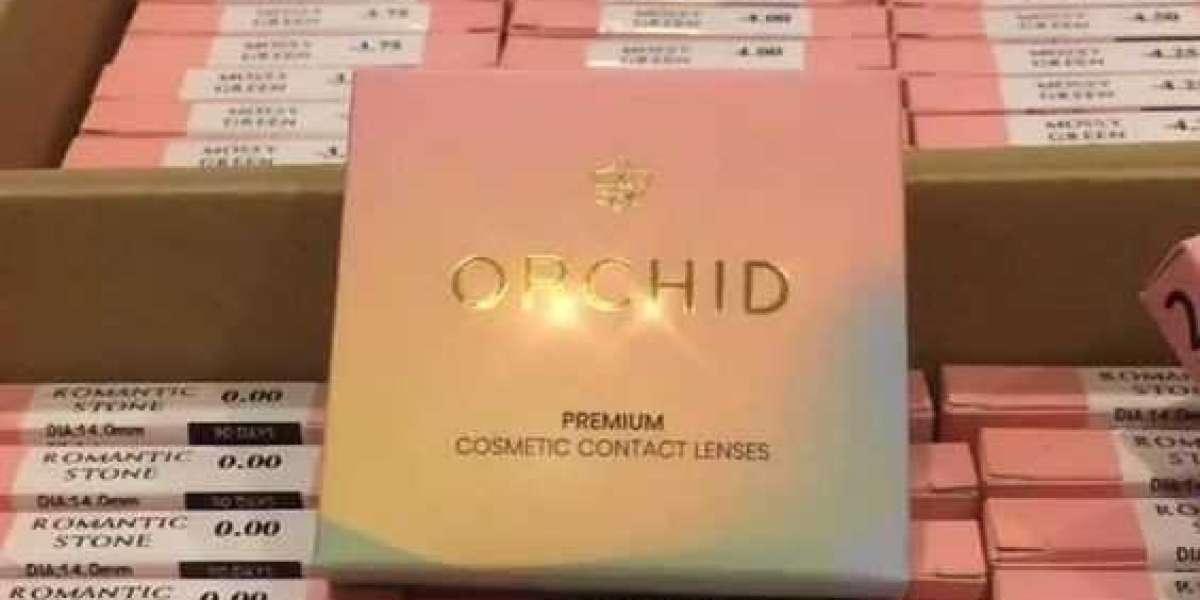Introduction
In an age where environmental consciousness is not just a trend but a necessity, the eye care industry is under scrutiny for its packaging practices, particularly regarding contact lenses. The small size of contact lens boxes belies the significant environmental impact they have when you consider the millions of users worldwide. This article delves into the sustainable shifts within the industry, exploring how eco-friendly options for contact lens boxes are becoming a priority for manufacturers and consumers alike.
The Environmental Challenge
Traditional contact lens packaging poses several environmental challenges. Most contact lenses come in blister packs made of a combination of plastics and aluminum, housed within cardboard boxes. While the cardboard component might be recyclable, the blister packs are not as straightforward, due to their mixed material composition. The result is a substantial amount of waste that ends up in landfills or, worse, the oceans.

Rethinking Materials
The first step towards sustainability in contact lens packaging is rethinking the materials used. Biodegradable plastics, made from plant-based materials such as corn starch or sugarcane, are emerging as a viable option. These materials can decompose naturally, significantly reducing their environmental impact. Some companies are also exploring the use of recycled plastics, turning waste into resourceful packaging solutions.
Reducing Waste Through Design
Innovative design plays a crucial role in sustainability. Manufacturers are reimagining contact lens packaging to reduce waste, such as by minimizing the size of the blister packs or developing refillable containers. These design changes not only lessen the environmental footprint but also offer a more compact and convenient product for consumers.
Focus on Recycling
Recycling initiatives are becoming more prevalent in the eye care industry. Companies are partnering with recycling organizations to create programs that allow consumers to return used blister packs and contact lens boxes for proper recycling. These programs often utilize specialized processes to separate the materials, ensuring that each component is recycled effectively.

The Shift to Daily Lenses
The popularity of daily disposable contact lenses is on the rise, influenced partly by their convenience and partly by the perception of being more hygienic. From a sustainability perspective, daily lenses present a challenge due to the increased amount of packaging used. Recognizing this, manufacturers are working on developing more eco-friendly packaging solutions for daily lenses, such as using less material per lens and improving the recyclability of the packaging.
Education and Awareness
Education plays a pivotal role in promoting sustainability. Manufacturers and retailers are taking steps to educate consumers on the importance of eco-friendly practices, including how to recycle contact lens packaging properly. This education is crucial for changing consumer behavior and encouraging participation in recycling programs.
The Role of Legislation
Legislation can drive significant change in packaging practices. In some regions, laws are being introduced that require companies to take responsibility for the lifecycle of their packaging, from production to disposal. Such regulations encourage companies to adopt more sustainable practices and develop innovative packaging solutions that have a minimal environmental impact.
Looking Towards the Future
The future of contact lens packaging is inherently tied to sustainability. As technology advances, we can expect to see even more innovative materials and designs that further reduce the environmental footprint of contact lens boxes. Bioplastics are becoming more sophisticated, offering the same durability and clarity as conventional plastics but with the added benefit of biodegradability. Additionally, the concept of circular economy is gaining traction, encouraging the reuse of materials in a continuous loop, thereby minimizing waste.

The Consumer's Role
While manufacturers are responsible for creating eco-friendly packaging, consumers also play a critical role in achieving sustainability. By choosing brands that prioritize eco-friendly packaging and participating in recycling programs, consumers can drive demand for sustainable solutions. Consumer choices can influence market trends, encouraging more companies to adopt environmentally responsible practices.
Conclusion
The shift towards eco-friendly options for contact lens boxes represents a broader movement within the industry to address environmental concerns. By rethinking materials, redesigning packaging, and encouraging recycling, manufacturers and consumers can work together to reduce the environmental impact of contact lenses. Education and legislation will continue to play vital roles in promoting sustainability, but ultimately, it is the collective action of individuals and companies that will drive change. As we look to the future, the eye care industry's commitment to sustainability will not only benefit the planet but also build a stronger, more environmentally conscious relationship with consumers.


